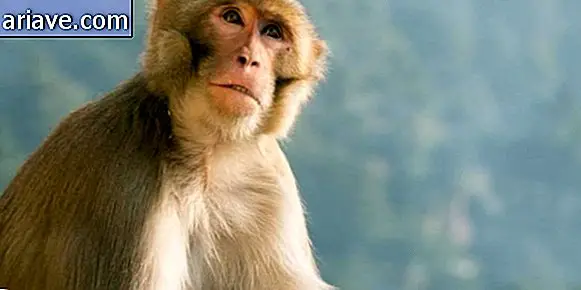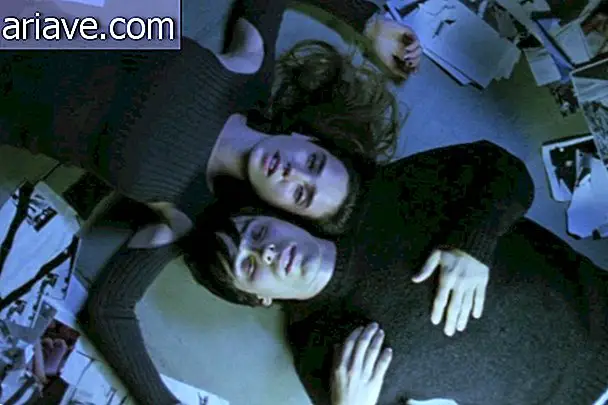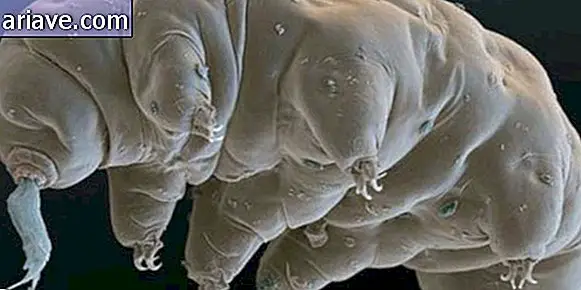This optical illusion can define whether a person has traces of autism.
A study published in eLife magazine revealed that the way a person's pupils behave when they look at a specific optical illusion of a three-dimensional cylinder may indicate a greater likelihood of having traces of autism.
It is obvious that the diagnosis of the autism spectrum is much more complex and that this study with the optical illusion cannot be used as the only way to make it clear that someone is autistic or not. The intention, in fact, is to find a way to confirm and improve diagnoses.
The idea is based on how people look at the image, which is made up of white and black dots, with the intention of understanding how they pay attention to what they are watching and what part of the screen they focus on to look at the moving image.
The GIF used in the research consists of a column of white dots moving toward a column of black dots - this movement causes the illusion that the image is of a three-dimensional rotating cylinder.
What changes from person to person is how this cylinder is viewed: There are people who need to focus on the points in front of the cylinder to see it, looking at the white dots, turning them to the left, and to the left. the black ones to rotate to the right. There are also those who can see the three-dimensional image by looking at it as a whole, focusing on all points at once.
Differences

According to research, those people who focus on details tend to look at one color at a time, changing rapidly from one point to another, which causes pupils to change size. Those who look at the image as a whole do not have this change in pupil size.
Before performing the imaging test, participants answered a series of questions that evaluate aspects of autism, and the results revealed that participants who were most likely to have autism were also those who, in the imaging test, had their pupils with varied sizes.
For researchers, this may have to do with the fact that autistic people often focus on details and pay more attention to individual parts of the image than to the overall picture.
***
Do you know the Mega Curioso newsletter? Weekly, we produce exclusive content for lovers of the biggest curiosities and bizarres of this big world! Register your email and do not miss this way to keep in touch!











